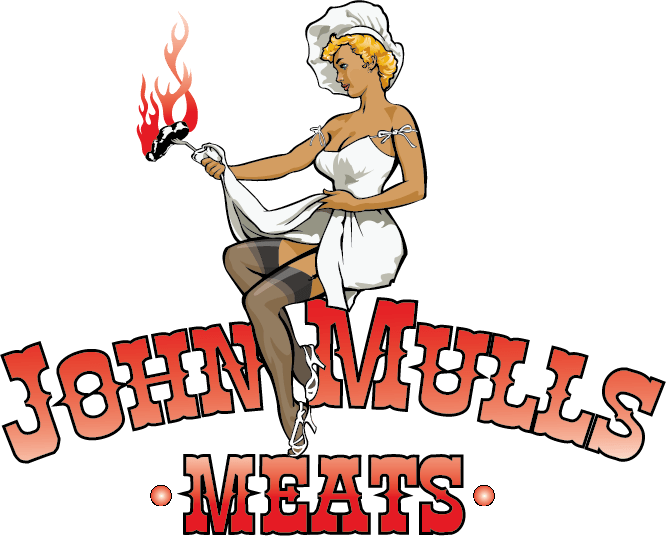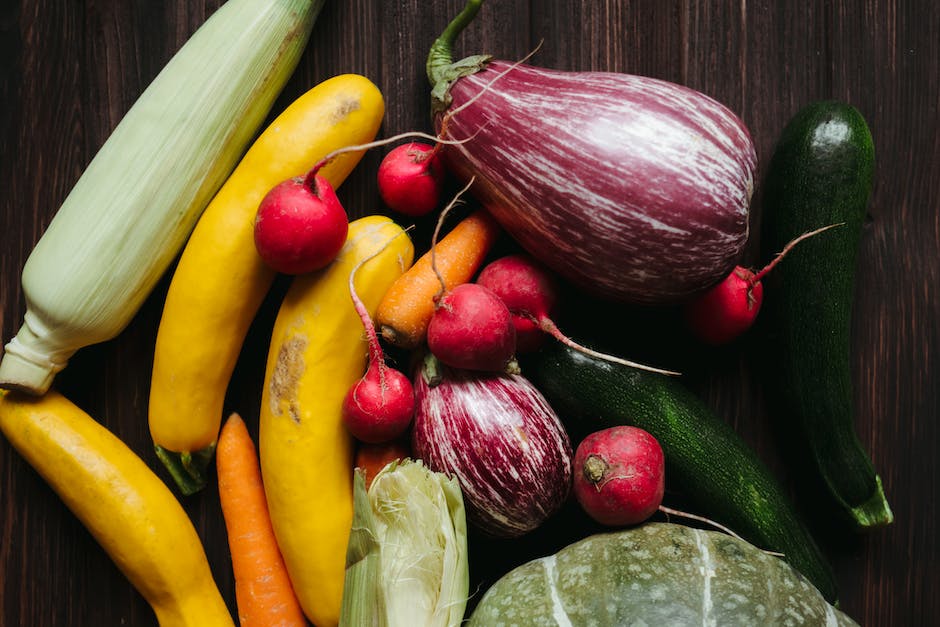The Journey of Meat: From Farm to John Mull’s Table is an exploration of the journey of meat from the farm to the dinner table. It follows the story of John Mull, a farmer and butcher, as he takes us through the process of raising, harvesting, and preparing meat for his family’s dinner table. Along the way, we learn about the importance of sustainable farming practices, the challenges of raising animals for food, and the joys of cooking and eating a meal made with love. We also gain insight into the history of meat production and the impact it has had on our culture and society. This book is a must-read for anyone interested in learning more about the journey of meat from farm to table.
The Benefits of Buying Local Meat: How Supporting Local Farmers Can Enhance Your Meal
Buying local meat is a great way to support your local farmers and enhance your meals. Not only does it provide you with fresh, high-quality ingredients, but it also helps to strengthen your local economy and protect the environment. Here are some of the benefits of buying local meat:
1. Freshness: Local meat is usually fresher than store-bought meat because it hasn’t been frozen or processed. This means that it has more flavor and is more nutritious.
2. Quality: Local farmers take pride in their work and strive to produce the best quality meat possible. This means that you can trust that the meat you’re buying is of the highest quality.
3. Support Local Farmers: Buying local meat helps to support your local farmers and their families. This helps to keep the local economy strong and ensures that farmers can continue to produce high-quality food.
4. Environmentally Friendly: Local farmers often use sustainable farming practices that are better for the environment. This means that you can feel good about the food you’re eating and the impact it has on the planet.
5. Variety: Local farmers often offer a variety of different types of meat, from beef to pork to poultry. This means that you can find something to suit your tastes and dietary needs.
Buying local meat is a great way to support your local farmers and enhance your meals. Not only does it provide you with fresh, high-quality ingredients, but it also helps to strengthen your local economy and protect the environment. So next time you’re at the grocery store, consider buying local meat and supporting your local farmers.
The Art of Butchering: How to Select the Best Cuts of Meat for Your Meal
Welcome to the art of butchering! Whether you’re a novice or a seasoned pro, selecting the best cuts of meat for your meal can be a daunting task. But don’t worry – with a few simple tips, you’ll be able to make the right choice every time.
First, it’s important to understand the different types of cuts available. There are four main categories: roasts, steaks, chops, and ground meat. Roasts are large cuts of meat that are usually cooked slowly in the oven. Steaks are smaller cuts that are usually cooked quickly on the grill or stovetop. Chops are usually cut from the rib or loin and are usually cooked quickly on the grill or stovetop. Ground meat is usually made from a combination of different cuts and is used for burgers, meatloaf, and other dishes.
Once you’ve identified the type of cut you need, it’s time to select the best one. Look for cuts that are well-marbled with fat, as this will ensure that the meat is juicy and flavorful. Also, look for cuts that are evenly shaped and have a consistent thickness, as this will ensure even cooking. Finally, make sure to check the expiration date on the package to ensure that the meat is fresh.
Finally, it’s important to remember that the best cuts of meat are those that are cooked properly. Make sure to follow the instructions on the package and use a meat thermometer to ensure that the meat is cooked to the proper temperature.
With these tips in mind, you’ll be able to select the best cuts of meat for your meal every time. Happy butchering!
The Science Behind Meat Aging: How to Maximize Flavor and Texture in Your Dishes
Welcome to the fascinating world of meat aging! Aging meat is an ancient practice that has been used for centuries to maximize flavor and texture in dishes. In this article, we’ll explore the science behind meat aging and how you can use it to create delicious dishes.
Aging meat is a process that involves exposing the meat to controlled temperatures and humidity levels for a period of time. This process helps to break down the proteins and fats in the meat, resulting in a more tender and flavorful product. The longer the meat is aged, the more tender and flavorful it will become.
The process of aging meat begins with the selection of the right cut of meat. The best cuts of meat for aging are those that have a high fat content, such as ribeye, sirloin, and brisket. These cuts are more likely to break down during the aging process, resulting in a more tender and flavorful product.
Once the right cut of meat has been selected, it is important to store it properly. The meat should be stored in a cool, dry place, such as a refrigerator or a cellar. The temperature should be kept between 35-45 degrees Fahrenheit and the humidity should be kept between 60-70%.
Once the meat has been stored properly, it is time to begin the aging process. The meat should be aged for a minimum of two weeks, but the longer it is aged, the more tender and flavorful it will become. During the aging process, the proteins and fats in the meat will break down, resulting in a more tender and flavorful product.
Finally, it is important to remember that the aging process is not a one-time event. The meat should be monitored closely and the temperature and humidity levels should be adjusted as needed. This will ensure that the meat is aged properly and that the flavor and texture are maximized.
We hope this article has helped you understand the science behind meat aging and how you can use it to create delicious dishes. With the right cut of meat and proper storage and aging techniques, you can create dishes that are full of flavor and texture. So, get out there and start aging your meat today!
Q&A
1. What is the main focus of The Journey of Meat?
The main focus of The Journey of Meat is to explore the journey of meat from the farm to John Mull’s table, and to examine the ethical, environmental, and economic implications of the meat industry.
2. What type of meat does John Mull focus on in The Journey of Meat?
John Mull focuses on beef, pork, and poultry in The Journey of Meat. He examines the production, processing, and consumption of these meats, as well as the ethical, environmental, and economic implications of the meat industry.
3. What are some of the ethical, environmental, and economic implications of the meat industry that John Mull examines in The Journey of Meat?
John Mull examines the ethical implications of the meat industry, such as animal welfare, food safety, and environmental sustainability. He also examines the environmental implications of the meat industry, such as water and air pollution, land degradation, and climate change. Finally, he examines the economic implications of the meat industry, such as the cost of production, the impact of subsidies, and the impact of trade agreements.The Journey of Meat: From Farm to John Mull’s Table is an informative and eye-opening look into the complex and often overlooked process of getting meat from the farm to the dinner table. It highlights the importance of understanding the journey of meat and the impact it has on our environment, our health, and our economy. By understanding the journey of meat, we can make more informed decisions about the food we eat and the impact it has on our lives.

